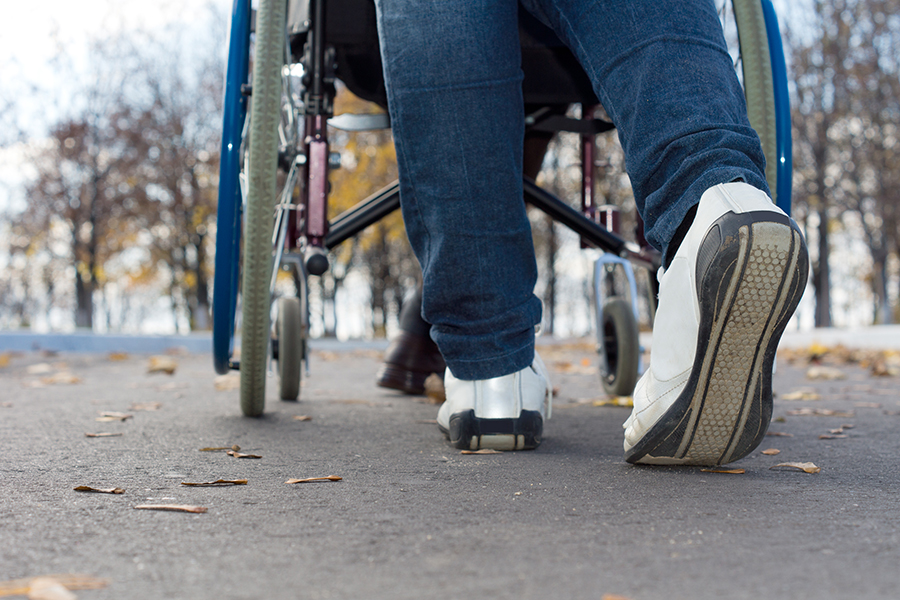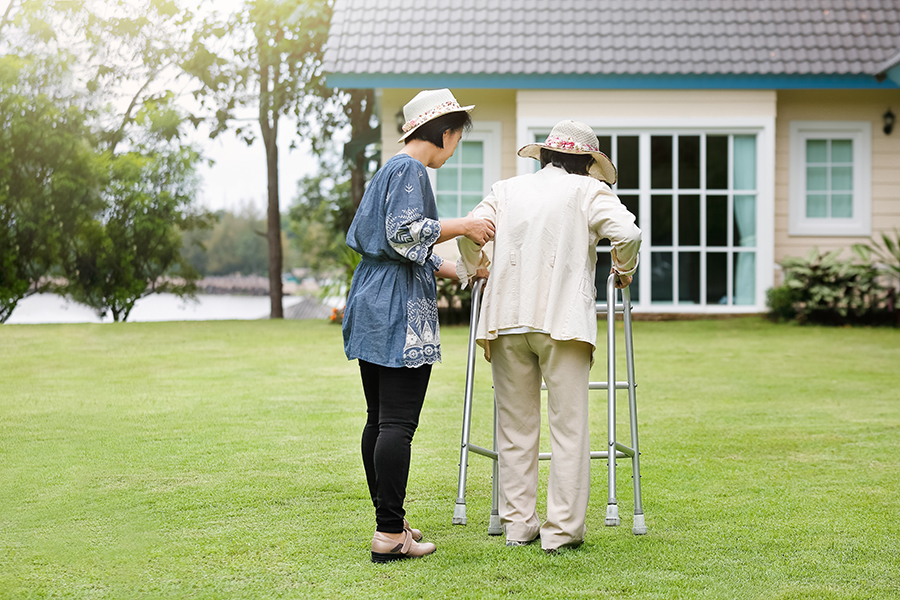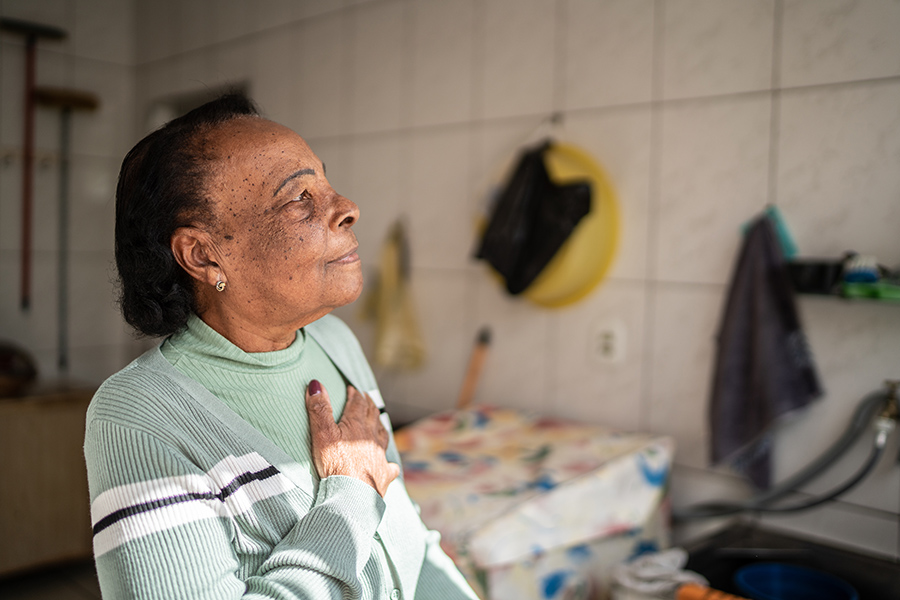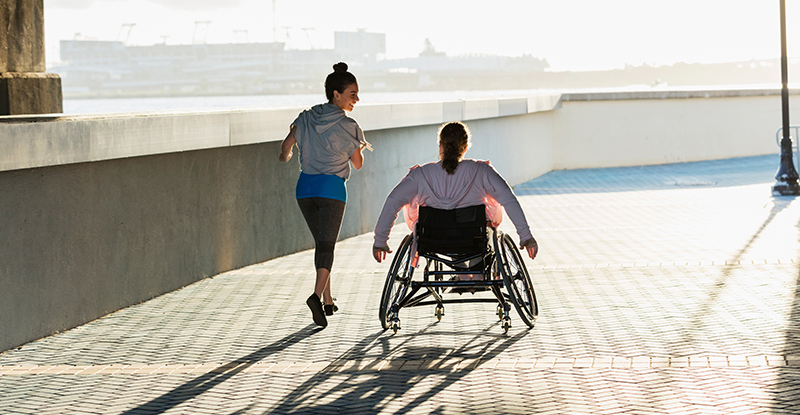Tremors, difficulties with balance and walking, problems with movement, rigid or stiff muscles… celebrities like Michael J. Fox and Muhammad Ali suffer from these symptoms of Parkinson’s Disease (PD) – one of the most common nervous system disorders. PD is both chronic and progressive and most often develops in elderly men and women, though it has been known to occur in younger adults, especially when the disease runs in the family.
Dopamine is a chemical produced by the brain’s nerve cells, and we depend on it to control muscle movement. When these nerve cells are slowly destroyed and production of dopamine lessens or ceases, Parkinson’s disease occurs. The brain can no longer properly send messages, resulting in loss of muscle function. The extensive list of symptoms also includes:
- Autonomic dysfunctions (i.e. lack of body temperature control, drooling & sweating)
- Muscle aches and pains
- Slow blinking
- Constipation
- Difficulty swallowing
- No expression in the face
- Slowed, quieter speech and monotone voice
Scientists are unsure of what causes the brain cells to waste away. Current research includes the studies of genetics, aging, and toxins. Though PD has no cure, the use of dopamine-increasing agents and other forms of medications and treatments – including surgery – have been known to be effective in relieving many of the symptoms. Herbal remedies are unproven and stem cell research remains ongoing.
Prognosis depends greatly on a patient’s age and the severity of the condition. Medical professionals emphasize that proper treatment of symptoms is important to avoid deterioration of brain function. Certain lifestyle changes may also help manage PD, including:
- Good general nutrition and health
- Exercising, but adjusting the activity level to meet changing energy levels
- Regular rest periods and avoiding stress
- Physical therapy, speech therapy, and occupational therapy
- Railings or banisters placed in commonly used areas of the house
- Assistive devices, such as special eating utensils, wheelchairs, bed lifts, shower chairs, walkers & wall bars
- Social workers or other counseling services
To find out more about Parkinson’s disease and treatment options available, speak to a healthcare professional or visit any of the following sites used as references for this article: WebMD, National Institute of Neurological Disorders and Stroke and the National Parkinson Foundation.
This article was written by a contributing author at Shield HealthCare.























